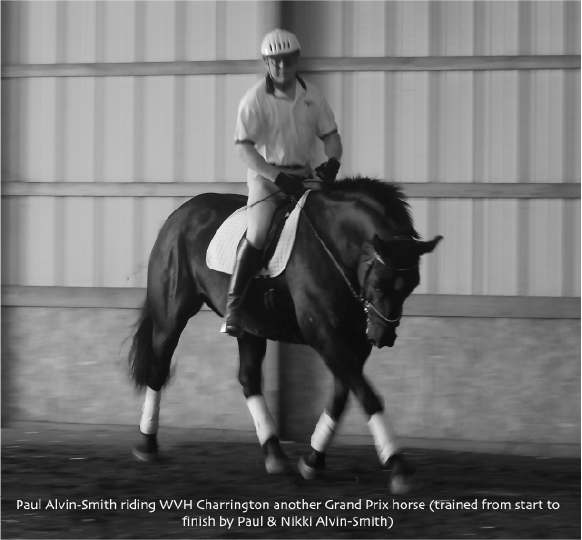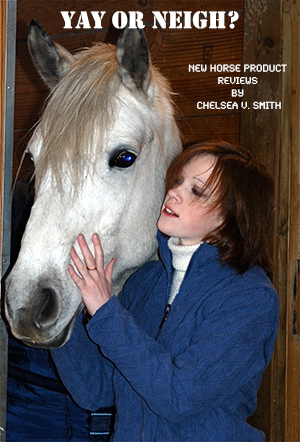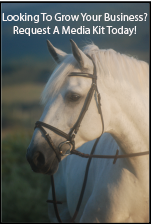Different Hands On The Same Horse Can Make The World Of Difference
By Nikki Alvin-Smith
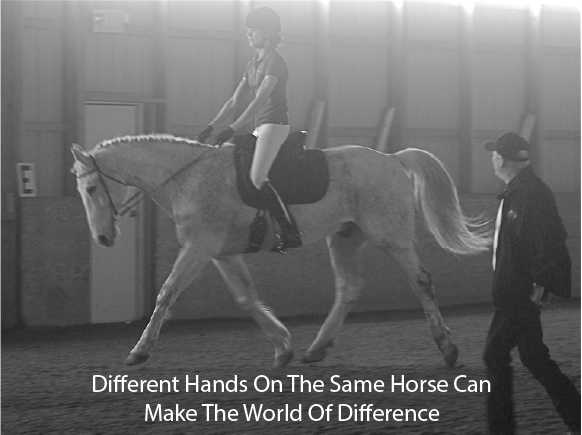
As a seasoned competitor/trainer/clinician/coach it is easy to see the difference that each rider makes to each horse. I have long asserted that there is a right rider (or driver/owner) for every horse, just sometimes it can be hard to find that perfect partnership. Though of course, any relationship always takes work and can always be improved.
In my professional career I’ve experienced horses arrive in my yard for varietal reasons. It is not uncommon for professional horse-training advice to be sought as a last resort, when the horse is decidedly confused and its behavior has become errant or unpredictable. This is a shame, because it really would be better to resolve the issues as early as possible and simple changes can make all the difference. If you have ever procrastinated about seeking professional advice with an equestrian challenge, you’ll already have learned this lesson.
But aside from tracking right instead of left, or taking the wrong trail altogether, there are many instances where a horse can do well under multiple ‘hands’ throughout its lifetime. Especially where owners/riders have a firm foundation in horsemanship and have an independent seat and kind hand. But there is also a factor where sometimes the arrival of new hands on the rein, produces better results than ever seen before, and the horse really shines. Though I have to say, it is usually about doing much less with the hands and more with the seat and leg aids and managing the horse’s welfare and lifestyle correctly. This includes the necessity for correctly fitting tack for both the horse and the rider.
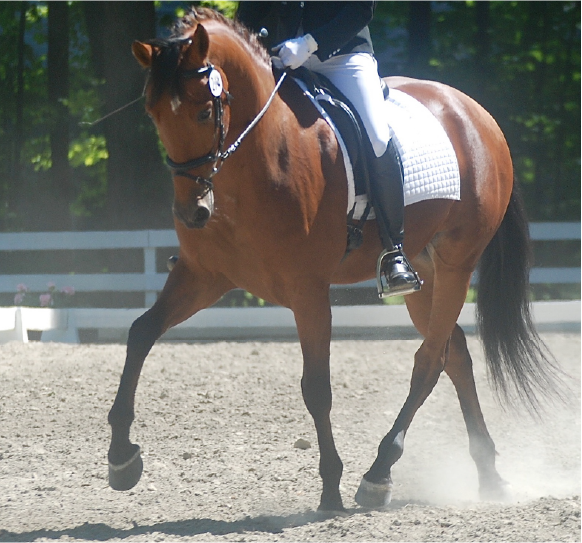
The Heavy Rider
It’s unfortunate that often the actual weight of the rider is brought up as an issue for the comfort and rideability of the horse. When in fact, it is much more about the heavy -handed rider that causes the problem. You can be of any weight you like but if you ride with ‘holding hands’ or too much pressure on the reins and haven’t put in the necessary work to have an independent seat, then damage to trust by the horse in the rider’s hands will be done.
The heavier you are as a rider in the physical sense, the more essential it is that the saddle is big enough for your seat and that the weight distribution is spread on the horse’s back evenly. It is all too common for the bigger derriere’s to be seen squished into saddles that are too small, with stirrup fixtures not properly aligned for their leg length. Is your bottom too big for your saddle?
While of course it is better to be fit and athletic to ride well, working out using specific rider beneficial exercises of which there are a plethora of books on topic, it is also possible to ride perfectly well in good symbiosis with your horse if you are a heavier rider. But I will add controlling your balance, utilizing your core strength to aid your seat, will be more difficult if you are overweight. And I speak from personal experience.
Ditch The Attitude
Just like us, horses need different things at different times in their life. It is hard to formulate any good plan without sincere knowledge and experience, but of course there is a learning curve. And where do riders and trainers learn? Usually by trial and error to at least some degree.
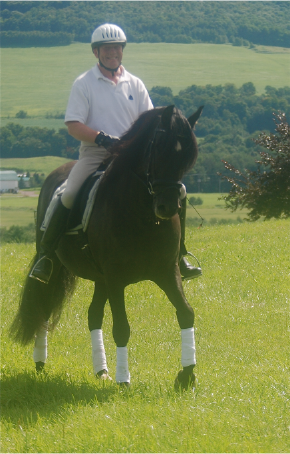 As a horse breeder for two decades, migrating from Hanoverians to Dutch Warmbloods, to crossbred Percheron/Dutch to Purebred Andalusian/Lusitanos and Dutch crosses, I know that when a foal hits the floor there is sometimes an immediate connection between myself and the animal and sometimes it comes with time. I have seen horses that are doing just fine excel when a particular person even enters their life in a supporting role. And I have trained horses from birth to Haute Ecole that have worked willingly and attained some panache working for me and seen them truly blossom when handed to someone else to ride. That’s humbling!! I have also sold or even given away top-quality performance horses when I feel that they need something I cannot bring to the table, realizing that I am not the best owner/rider/trainer for every horse.
As a horse breeder for two decades, migrating from Hanoverians to Dutch Warmbloods, to crossbred Percheron/Dutch to Purebred Andalusian/Lusitanos and Dutch crosses, I know that when a foal hits the floor there is sometimes an immediate connection between myself and the animal and sometimes it comes with time. I have seen horses that are doing just fine excel when a particular person even enters their life in a supporting role. And I have trained horses from birth to Haute Ecole that have worked willingly and attained some panache working for me and seen them truly blossom when handed to someone else to ride. That’s humbling!! I have also sold or even given away top-quality performance horses when I feel that they need something I cannot bring to the table, realizing that I am not the best owner/rider/trainer for every horse.
So it is essential to ditch the attitude that just because you know a lot about training a horse or caring for it you are its best partner. And most certainly don’t think everyone is watching you and cares what you own or how fancy the horse looks, because truly people are not as interested in you as you believe them to be.
Fine Lines
One of the most important things when riding and training horses is to be consistent. But that needs to be qualified because of course training practices and horse care need to be consistently good – not just consistent.
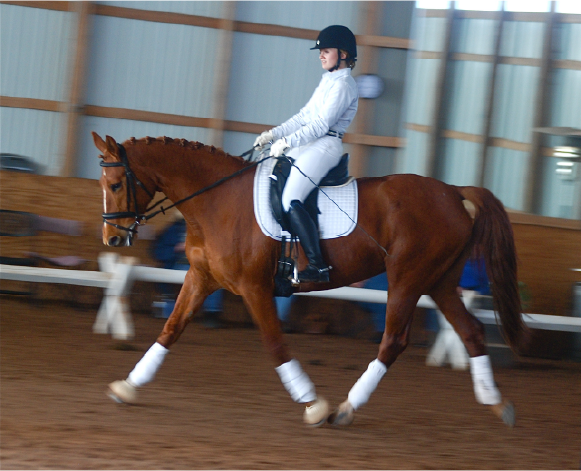
Jumping from one clinic to another can be fun for learning that one extra fact or feature but jumping around for the sake of it can also be harmful to your horse. Consistency in training methods comes from knowing where the horse and rider currently are and where they are headed. What is the ultimate goal and how do you get there? But the trainer always has to realize that each horse must be treated as an individual.
There is a fine line between making the best decision for your horse and the worst one. In the wrong hands, even good hands, a horse may not do well or even become fractious. Even its compatriot equines can cause upset in its life and hence behavior. There are innumerable factors that go into making a harmonious environment that suits the particular horse.
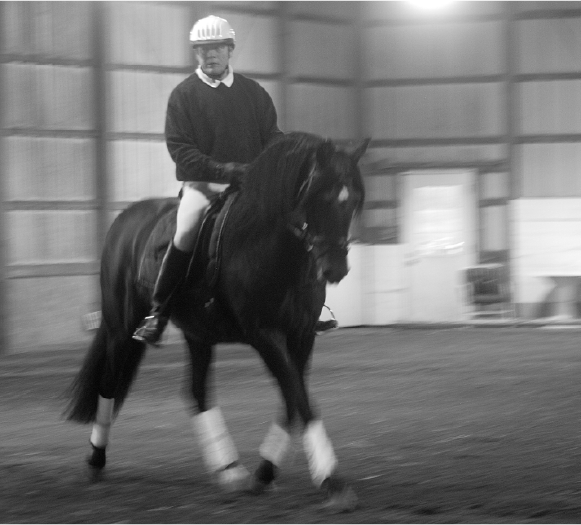
When marketing youngstock that have been imported or home-produced, I have had times when I’ve stepped in to ask even Olympic level riders to stop riding a horse. It is of course noted that advanced riders will often suit young horses the worst because they ask too much too soon. I have seen that happen. But the self-aware advanced rider won’t succumb to that.
Ride Different Horses
I have always been encouraged and do always encourage my students, to ride different horses. Because every horse has stuff to teach us, and different feelings from different horses and the ways they move and respond can help us figure ourselves out better.
When you think about it, just as we find we excel riding a certain type or style of horse so the horse feels about its rider. Empathy and your special relationship with your own horse can only take you so far, so don’t be shy to move your horse to someone else or have another person take the reins for a bit to help your horse discover his own hidden talents.
Just be careful who you trust.
